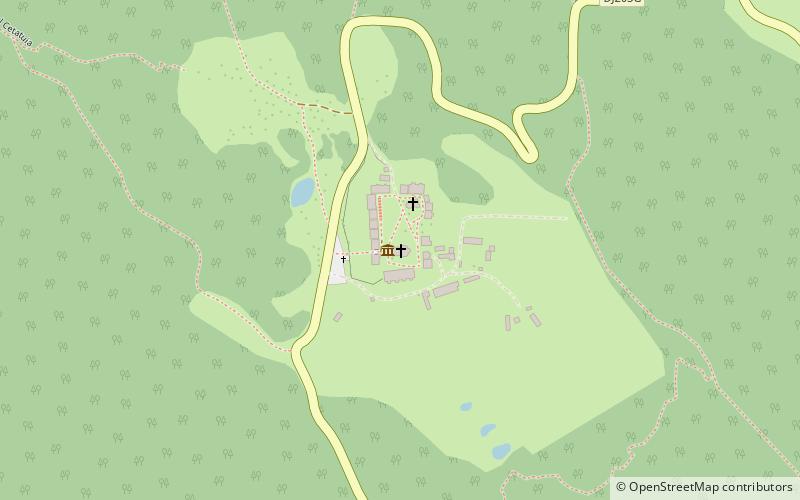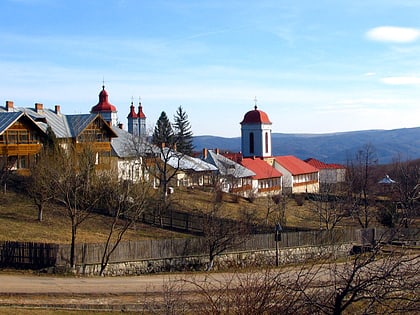Ciolanu Monastery


Facts and practical information
Nestled in the serene landscape of Buzău County, Romania, the Ciolanu Monastery stands as a testament to the country's rich ecclesiastical heritage and the resilience of Orthodox monasticism. Established in the 16th century, this tranquil haven is not only a spiritual center but also a repository of Romanian art and history.
The monastery's architectural ensemble is characterized by traditional Romanian design, with its church as the centerpiece. The church, dedicated to the "Beheading of St. John the Baptist," showcases frescoes that date back to the 16th century. These religious paintings, with their vivid colors and intricate details, are a primary attraction, offering visitors a glimpse into the spiritual and artistic traditions of the time.
Surrounded by lush greenery, the Ciolanu Monastery provides a peaceful retreat for those seeking solace away from the hustle and bustle of modern life. The monastery's grounds are well-kept, featuring manicured gardens that bloom with a variety of flowers and plants, contributing to the site's aura of tranquility and contemplation.
The Ciolanu Monastery has also played a significant role in the local community, serving as a focal point for religious education and cultural events. It remains an active monastic community, with monks and nuns leading a life of prayer and work, adhering to the centuries-old Orthodox monastic tradition.
Visitors to the monastery can explore the complex, attend religious services, and sometimes even participate in workshops or talks that delve into the monastery's history and the Orthodox faith. The site also offers accommodations for those looking to engage in spiritual retreats, providing an opportunity to disconnect from the external world and reconnect with one's inner self.
Buzău
Ciolanu Monastery – popular in the area (distance from the attraction)
Nearby attractions include: Rătești Monastery, Măgura.


